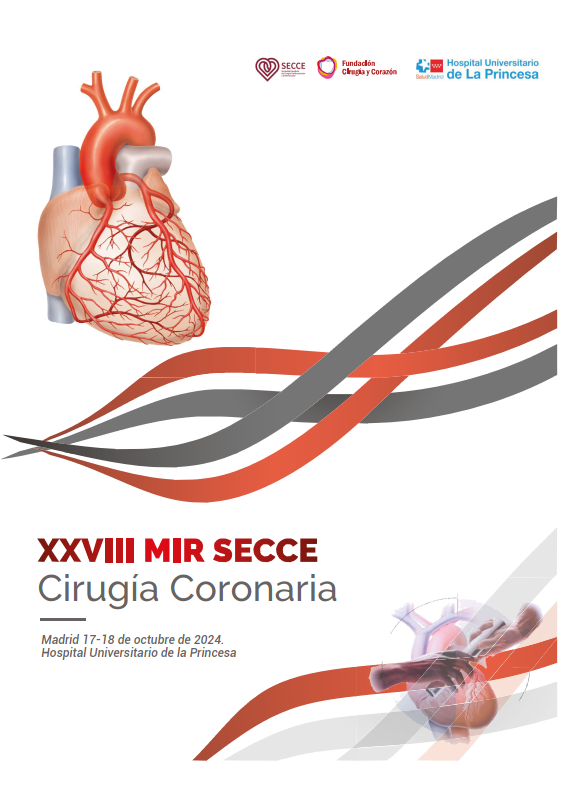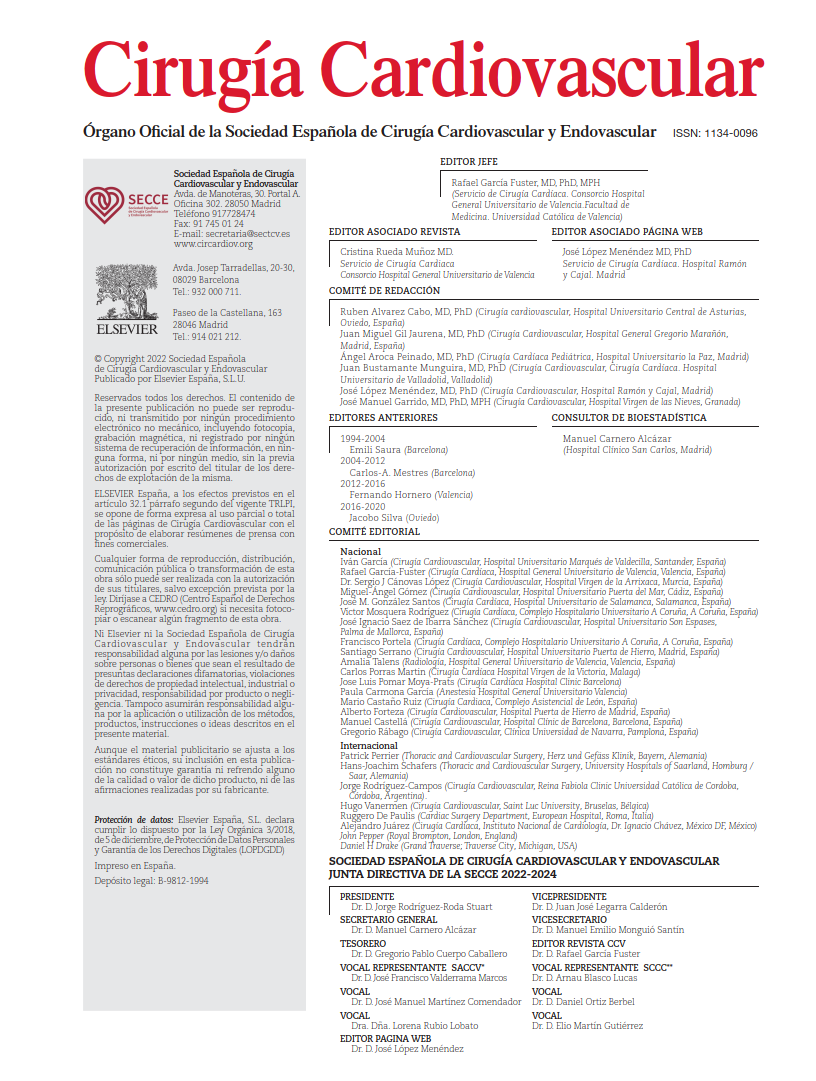Heart transplantation remains the first-line treatment for patients with advanced heart failure (HF) refractory to other therapeutic options. In the United States, post-transplant mortality has remained stable, although short-term readmission rates continue to be high.
This study presents an overview of the US heart transplant program between 2016 and 2022, focusing on patient characteristics and short-term outcomes, particularly in-hospital mortality and 30-day readmissions.
To that end, the authors analyzed data from administrative sources, specifically the National Inpatient Sample (NIS) from 2016 to 2022 and the National Readmission Database (NRD) for 2021, identifying heart transplant recipients through the ICD-10 code O2YA0Z0. Demographic characteristics were assessed using analysis of variance, while event rates were evaluated using a probit regression model.
The number of heart transplants rose from 641 in 2016 to 773 in 2022. Across the series, the mean patient age was under 50 years, with most recipients being White males. All-cause in-hospital mortality remained stable, between 4% and 7%, with 2018 showing the highest mortality rate (6.4%). The 30-day readmission rate was 57.7%, with HF, acute graft rejection, and infectious complications being the most common causes. The only significant predictor of readmission was peripheral arterial disease (OR = 1.82; 95% CI = 1.48–2.23); pulmonary disease, diabetes, smoking, and obesity were not independent predictors.
The authors conclude that heart transplant volumes have increased in the US from 2016 to 2022, but racial and socioeconomic disparities persist. Although mortality has remained stable, early readmissions have significantly increased.
COMMENTARY:
Despite the substantial advancements in ventricular assist device technology, heart transplantation remains the gold standard for patients with advanced HF refractory to medical and interventional therapies. Spain has consistently reported some of the best heart transplant outcomes worldwide, and comparative analyses with international registries provide valuable insights to identify both strengths and areas for improvement.
This US-based study, relying on administrative databases, reveals a progressive rise in heart transplant volume between 2016 and 2022, reaching 773 procedures in 2022—more than double the number performed in Spain that same year (311). Nevertheless, when considering the broader candidate population and the size of the US population, this figure might be considered relatively modest.
The average recipient age is comparable to that reported in the Spanish registry, though the clinical characterization of transplant candidates in Spain is more comprehensive, owing to the clinical nature of its registry. While administrative databases enable large-scale epidemiologic analyses, they are limited in their ability to capture detailed clinical information.
This US study only reports in-hospital mortality, with no data on medium- or long-term survival. In Spain, the 30-day survival rate for heart transplant recipients between 2015 and 2024 was 91%. Another notable finding is the high 30-day readmission rate in the US—nearly 60%—with HF being the leading cause. This contrasts sharply with the Spanish reality, where 30-day cardiovascular readmission after HF episodes is approximately 10%. It is also striking that traditional comorbidities such as diabetes or chronic kidney disease were not identified as independent predictors of readmission in this cohort.
In summary, this study offers valuable insights for reflecting on the global state of heart transplantation and underscores once again the excellence of Spain’s transplant program and the effectiveness of its HF units, which ultimately translate into better health outcomes for patients.
REFERENCE:
Varughese VJ, Bhaskaran AS, Tran HH, Wadhwani N, Nagesh VK, Aguilar IK, et al. Trends in Heart Transplantation and Outcome Analysis: Nationwide Study Using the National Inpatient Sample and Readmission Database. Med Sci (Basel). 2025;13(2):46. doi: 10.3390/medsci13020046.



